Read the re-pledge project Symbiotic in one article

Reprinted from jinse
01/02/2025·4MAuthor: William M. Peaster, Bankless; Compiler: Bai Shui, Golden Finance
EigenLayer changed the game by introducing the restaking primitive to the Ethereum ecosystem, but it was only a matter of time before a challenger rose up and started trying to beat EigenLayer at its own game!
The latest challenger to make a splash is Symbiotic, a new staking protocol that aims to give stakingrs more options besides ETH.
In this article, we will take you through the great idea of Symbiotic and then show you how to start making your first deposit.
What is Symbiotic?
Launching in June 2024, Symbiotic is a shared security protocol for network builders to create and manage their own staking implementations in a permissionless manner.
In other words, Symbiotic allows the network to customize its staking process, collateral types, node operator selection, reward and slashing mechanisms, while maintaining security through non-upgradeable core contracts on Ethereum.
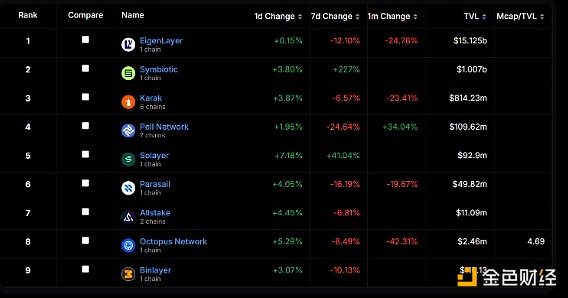
It is worth noting that Symbiotic is already the second largest re-staking protocol after EigenLayer. However, unlike ETH-centric EigenLayer, Symbiotic offers a wide range of staking options for greater flexibility.
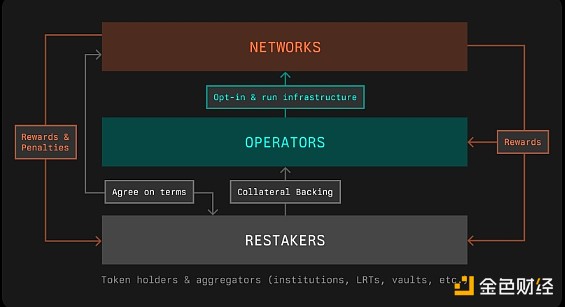
How does Symbiotic work?
Symbiotic works by harmonizing its five pillars. These elements are as follows:
-
Collateral — On-chain assets used to provide economic security in Symbiotic. These can include ERC20 tokens, Ethereum validator withdrawal certificates, and other assets across various blockchains.
-
Vaults — These customizable components act as Symbiotic’s delegation and re-staking layer. They handle deposits, withdrawals, cuts and reward distribution.
-
Operator — The entity that runs the network infrastructure, such as validators and sequencers. Operators can choose to join the network and receive financial support from re-stakeholders via the vault.
-
Resolvers — These are entities or smart contracts responsible for passing or vetoing cutback penalties incurred by operators. They ensure that punishment is arbitrated fairly.
-
Network — Protocols that require decentralized infrastructure to provide services such as transaction ordering, data consensus, and protocol automation. Symbiotic allows network builders to manage onboarding, incentives and penalties for operators and their principals.
Why can Symbiotic compete with EigenLayer?
It makes sense that there won’t be just one winner in the rehypothecation category. Of the many contenders, Symbiotic currently looks to be the protocol most likely to compete with EigenLayer in the coming months.
Having said that, if you are optimistic about restaking in general, Symbiotic is a project worth considering as it is in its early stages, has a bright future, and has a lot of potential to grow with ERC-20 support.
Of course, Symbiotic airdrops are a possibility that cannot be ignored. EigenLayer owns EIGEN, and it seems inevitable that it will use the Symbiotic Points system to provide airdrops of the native token to early adopters in a similar manner. Stake now; get paid later.
Finally, there are some interesting Symbiotic integrations going live today that offer a double whammy of money-making opportunities. One of them is Mellow, a liquid recollateralized token (LRT) project that offers Mellow Points and Symbiotic Points to users who deposit Symbiotic through its platform.

How to restake on Symbiotic?
If you are interested in restaking on Symbiotic, please go to https://app.symbiotic.fi/retake and connect your wallet. Please note that some regions do not have access to the frontend due to geographical restrictions.
On the main Re-Stake page you will see a list of vaults to be offered as shown in the image below. Please note that some vaults, such as the Wrapped Lido Staked Ether (wstETH) vault, have currently reached their temporary deposit limits, while others, such as the Coinbase Wrapped Staked Ether (cbETH), are still open to depositors.
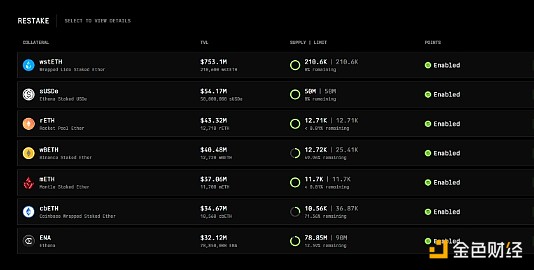
Let's say you have some cbETH and want to start staking. Just click on the cbETH vault and it will take you to the interface below:
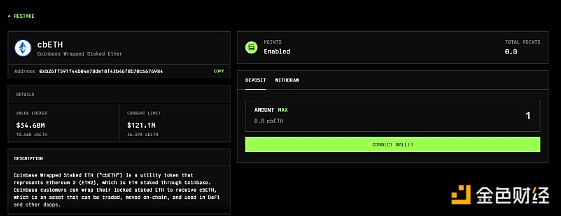
At this point, you simply enter the required deposit amount and complete subsequent transactions to begin re-staking. You can withdraw funds through the same interface, or track your deposits and points through the dashboard page if you wish.
Please note that if you are interested in doubling your points by restaking with Mellow, the deposit process is almost the same. Select your vault, enter the required deposit amount, complete the transaction, and the points will flow.
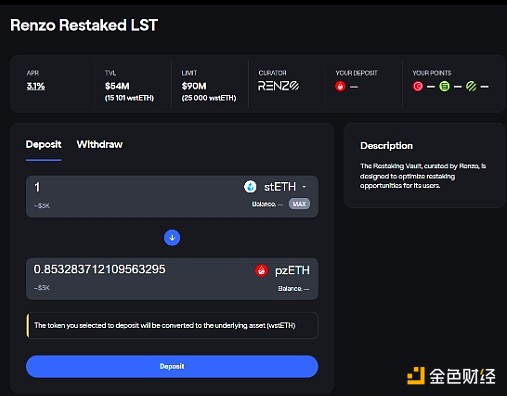
As the restaking ecosystem grows, protocols like Symbiotic can significantly impact how cybersecurity and economic incentives are managed throughout the crypto-economy.
With its modular design and support for ERC-20 collateral, Symbiotic challenges the existing re-staking paradigm and opens up new avenues for innovation and flexibility.
How will Symbiotic's approach impact other protocols, and what new opportunities will its capabilities bring? We'll just have to wait and see, but in the meantime, this is a project worth keeping an eye on and trying out!


 panewslab
panewslab
 chaincatcher
chaincatcher